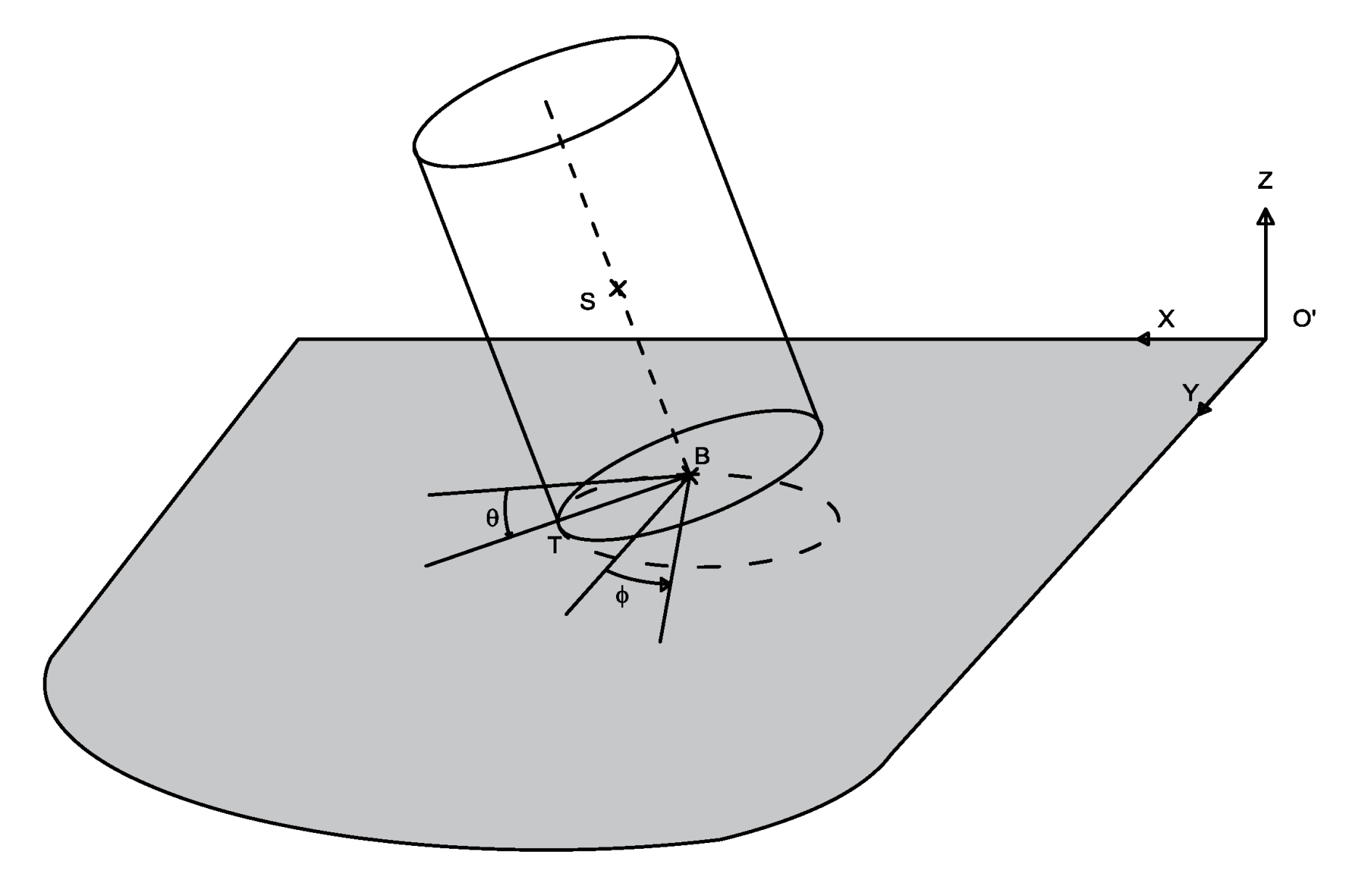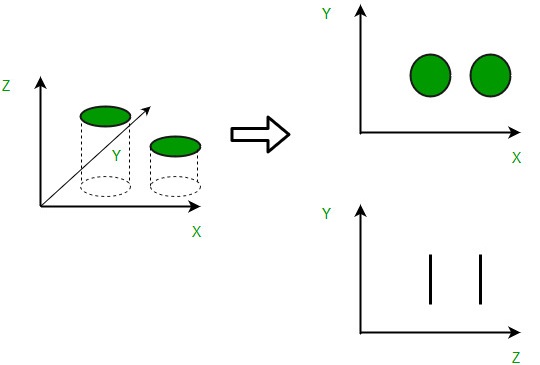Ground motion analysis for rocking structures
Rocking structures are the structures that could uplift under ground shaking. Their study is useful because:
- Using rocking as an earthquake hazard mitigation design strategy has been proposed. The uplift of a structure works as a mechanical fuse, limiting the forces transmitted to it. The method aims to make the structures more resilient by reducing their residual deformations and is compatible with prefabrication.
- The rocking oscillator describes the behavior of essential or expensive equipment (like computer servers or laboratory equipment) not anchored to the ground.
Their main characteristic is their strong non-linearity that makes their behavior essentially different to linear structures. Therefore, the ground motion Intensity Measures (IM) defined for linear structures are not applicable to rocking structures. For example, the use of PGA is considered to be simplistic and does not give enough information about the ground motion.
The goal of this research project is to use synthetic ground motions and well established mathematical tools to understand the dynamics of the earthquake response of rocking oscillators. It will be attempted to explore IM for rocking structures and define their applicability limits. The principal idea is to use stochastic ground motions, calculate the overturning probability for given ground motion statistical properties and stochastic filter parameters and then use Dimensionality Reduction methods to check which properties (or combination of properties) are important to the overturning probability.
Dimensionality reduction methods are useful in many disciplines. Therefore, powerful mathematical tools have already been developed that we belive that can be useful in Earthquake Engineering.
Funding: SNF PRoject 200021_172512 (PI: Michalis Vassiliou)
Duration: 1.9.2017 - 31.8.2021
PhD Student: Max Sieber (Supervised by Prof. I. Anastasopoulos)

